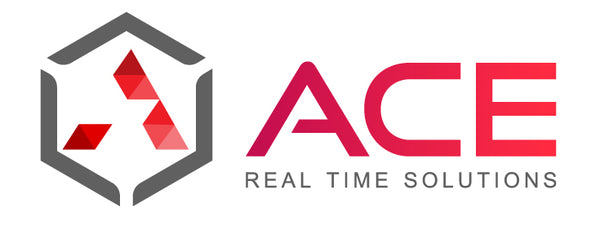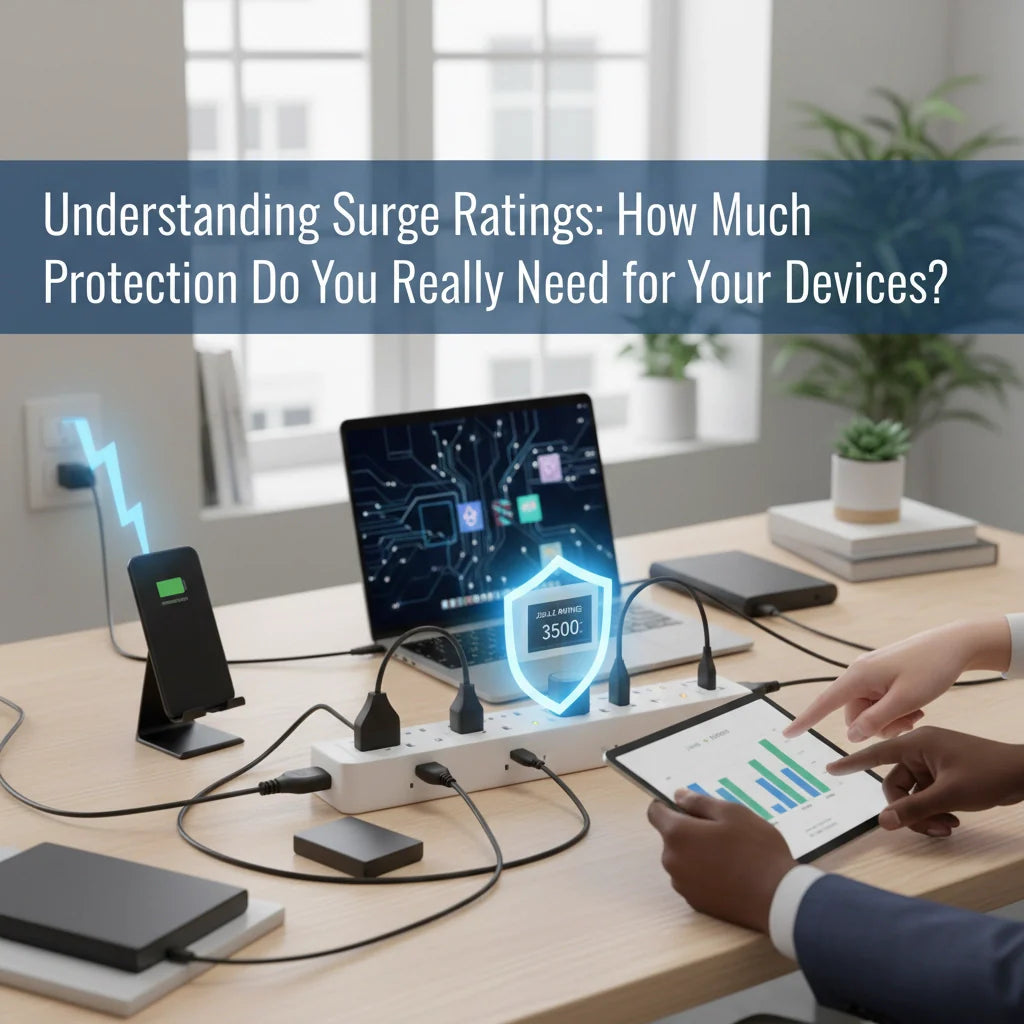
Understanding Surge Ratings: How Much Protection Do You Really Need for Your Devices?
Share
Ever stared at a surge protector package and wondered what all those numbers actually mean? You're not alone. Between joule ratings, kA specifications, and clamping voltages, picking the right surge protection can feel like you need an engineering degree. But here's the thing – understanding these ratings doesn't have to be complicated, and getting it right can save you thousands in equipment replacement costs.
Let's break down what you really need to know about surge ratings and how much protection your devices actually require.
The Basics: What Are Joules and Why Do They Matter?
Think of joules like a surge protector's "health points" in a video game. Every time your surge protector blocks a power spike, it uses up some of those points. Once they're gone, your protection is done for.
A joule measures energy over time, and in surge protection terms, it tells you how much electrical energy your device can absorb before it fails. Higher numbers mean more protection, but they also mean higher costs. The trick is finding the sweet spot for your specific needs.
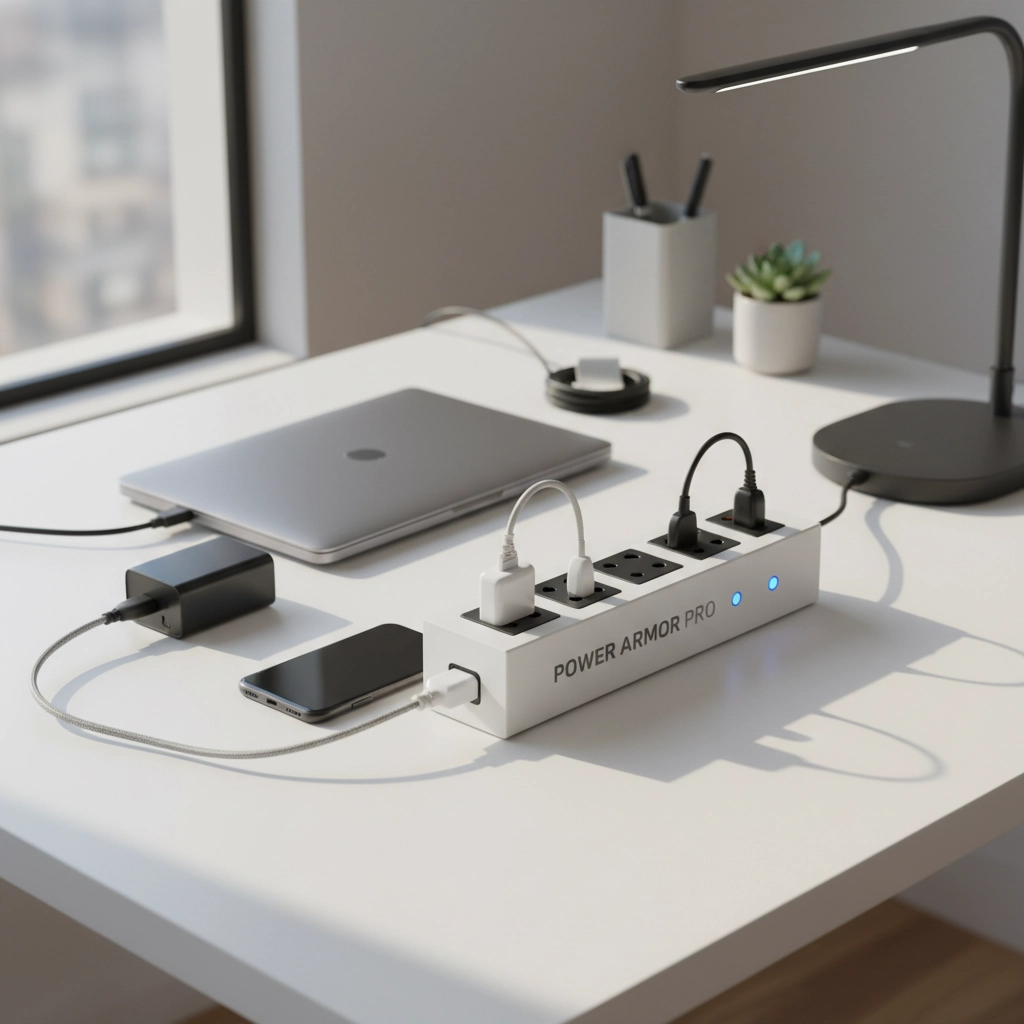
Basic Protection: Up to 1,000 Joules
For everyday electronics that won't break the bank to replace, basic protection works just fine. We're talking about:
- Digital clocks and small kitchen appliances
- Basic modems and simple routers
- Desk lamps and fans
- Coffee makers and toasters
These devices have simple circuitry that doesn't need heavy-duty protection. If your coffee maker gets fried in a storm, you're out maybe $50-100, not thousands.
Standard Protection: 1,000-2,000 Joules
This middle ground covers most home office and moderate-value electronics:
- Printers and scanners
- Standard TVs (non-4K)
- Power tools in your garage
- Tablets and smartphones (when charging)
- Basic gaming consoles
Most homes can get by with this level of protection for the majority of their equipment. It's the goldilocks zone – not too expensive, but enough protection for devices you'd rather not replace.
Heavy-Duty Protection: 2,000+ Joules
Here's where you protect the big-ticket items and mission-critical equipment:
- High-end computers and workstations
- 4K TVs and home theater systems
- Gaming rigs with expensive GPUs
- Professional audio/video equipment
- Medical devices for home use
If you've invested serious money in your equipment, or if losing it would disrupt your business, don't skimp on protection.
Beyond Joules: Other Ratings That Actually Matter
Joules get most of the attention, but other specifications can make or break your protection strategy.
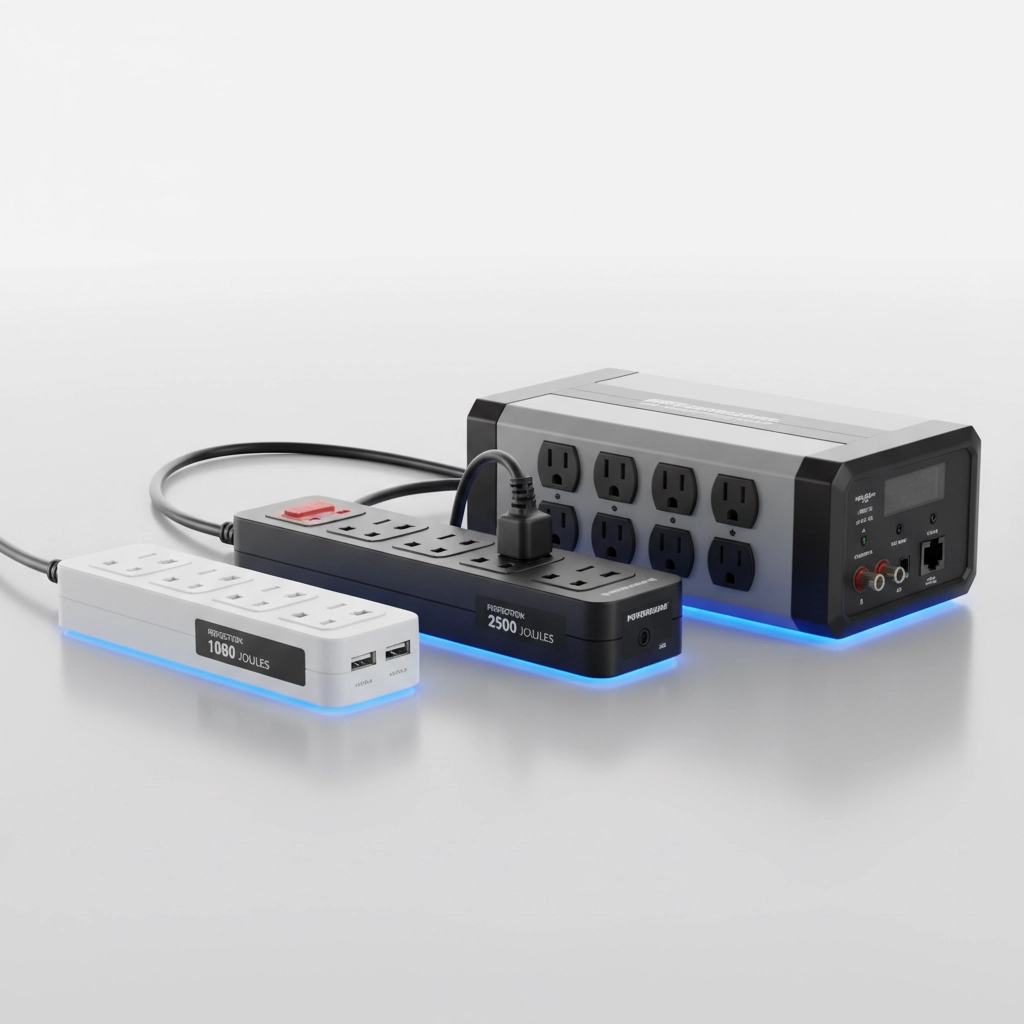
Surge Current Rating (kA)
The kA rating tells you the maximum surge current your protector can handle safely. Think of it like the maximum weight a bridge can support – exceed it, and things go badly.
Most quality surge protectors from brands like APC by Schneider Electric and CyberPower offer kA ratings between 10-20kA for residential use. For commercial applications, Minuteman and Vertiv systems often provide higher ratings.
Clamping Voltage: The Earlier, The Better
Clamping voltage is when your surge protector says "that's enough" and starts blocking excess voltage. Lower numbers are better because they mean your protector kicks in sooner.
Look for clamping voltages of 330V or lower for sensitive electronics. Anything higher might let too much voltage through before protection activates.
Response Time: Speed Matters
Modern electronics are fast, and your surge protection needs to be faster. Look for response times measured in nanoseconds, not microseconds. The quicker your protector responds, the less damage gets through to your devices.
Brand Recommendations: What Actually Works
Not all surge protectors are created equal. Here's what we've seen work reliably in the field:
APC by Schneider Electric leads the pack for reliability and comprehensive protection. Their SurgeArrest series offers excellent joule ratings with proven track records in both residential and commercial applications.
CyberPower provides solid middle-ground options with good value for money. Their surge protectors often include useful extras like USB charging ports and network protection.
For commercial and industrial applications, Minuteman offers robust surge protection designed for mission-critical environments. Their units typically feature higher kA ratings and more durable construction.
Vertiv (formerly Liebert) specializes in enterprise-grade protection. If you're protecting server racks or critical infrastructure, their surge protection systems integrate well with uninterruptible power supply (UPS) solutions.
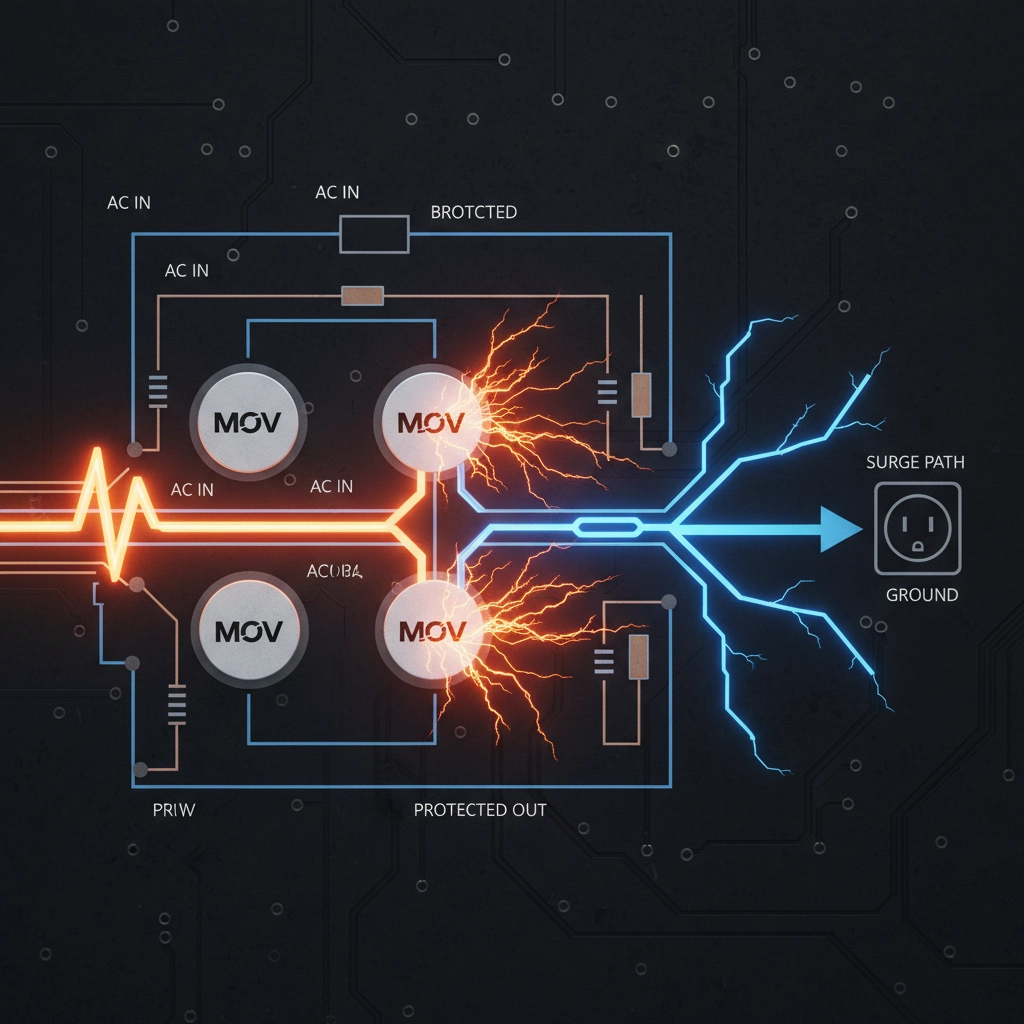
Real-World Application: Matching Protection to Your Setup
Let's get practical. Here's how to actually apply this knowledge:
Home Office Setup
- Computer: 2,000+ joule protector with low clamping voltage
- Monitor: Can share protection with computer
- Printer: 1,000-1,500 joules is plenty
- Router/modem: Basic protection works, but consider network line protection too
Entertainment Center
- 4K TV: 2,500+ joules minimum
- Gaming console: 2,000+ joules
- Sound system: Match your TV's protection level
- Cable/satellite box: 1,000-1,500 joules
Small Business Critical Systems
- Servers: Whole-house surge protection plus individual high-capacity units
- Network equipment: Commercial-grade protection with network line filtering
- Point-of-sale systems: Minimum 2,000 joules with battery backup consideration
The Hidden Costs of Cheap Protection
Here's something most people don't realize – surge protectors wear out. Every surge they block degrades their protection capacity. A $10 power strip from the discount store might protect once or twice, then become just an expensive extension cord.
Quality surge protectors often include indicator lights showing when protection is still active. Some even include connected equipment warranties, covering your devices if the surge protector fails to do its job.
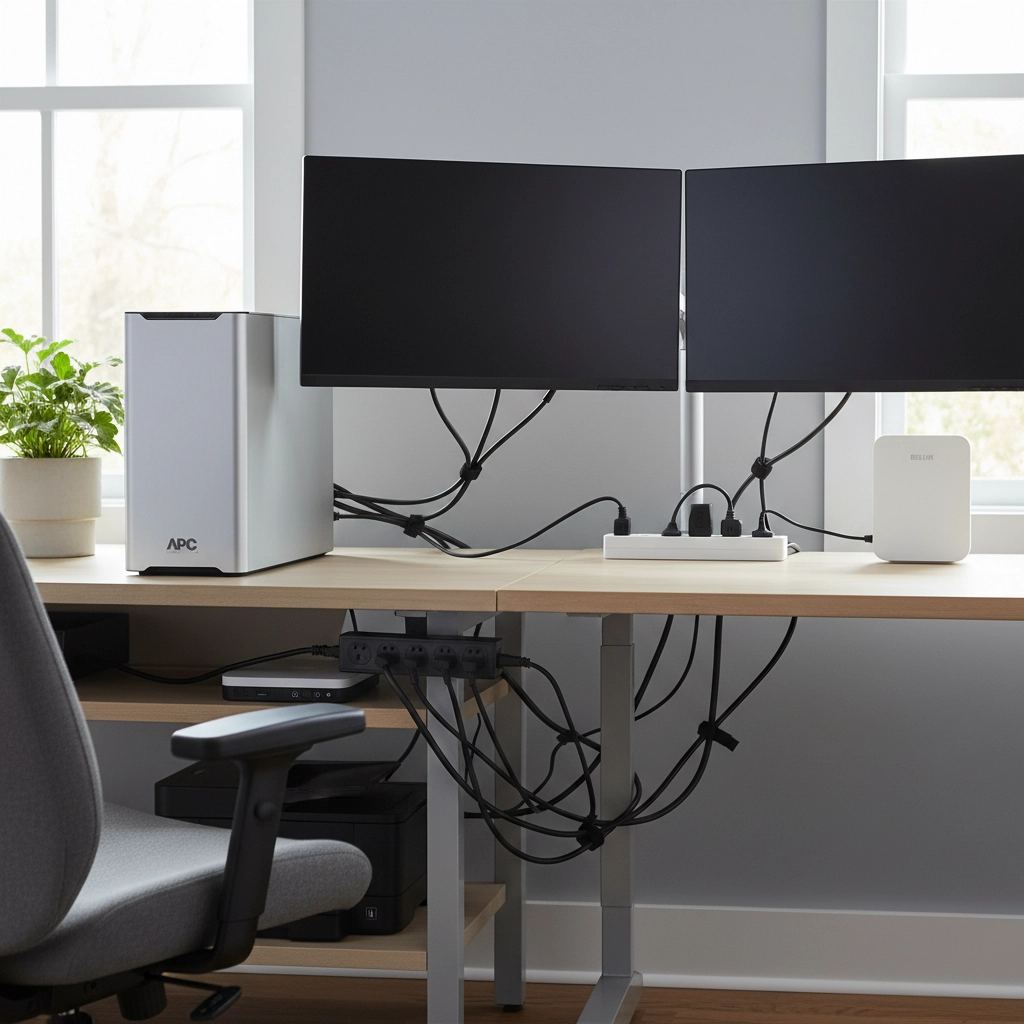
Location, Location, Location
Where you install surge protection matters as much as what you install. Whole-house surge protectors installed at your electrical panel provide the first line of defense, but they can't catch everything.
Point-of-use surge protectors add a second layer of protection right where you need it. This two-tier approach gives you the best protection for sensitive electronics.
When to Replace Your Surge Protection
Don't wait for catastrophic failure. Replace surge protectors:
- After any major electrical storm in your area
- When indicator lights show protection is compromised
- Every 3-5 years as a precaution
- Immediately if you notice burn marks, strange odors, or physical damage
Future-Proofing Your Protection Strategy
As we add more smart devices and high-tech equipment to our homes and businesses, our protection needs evolve too. Consider surge protectors with:
- USB charging ports for mobile devices
- Network line protection for internet equipment
- Smart features that monitor power quality
- Integration with home automation systems
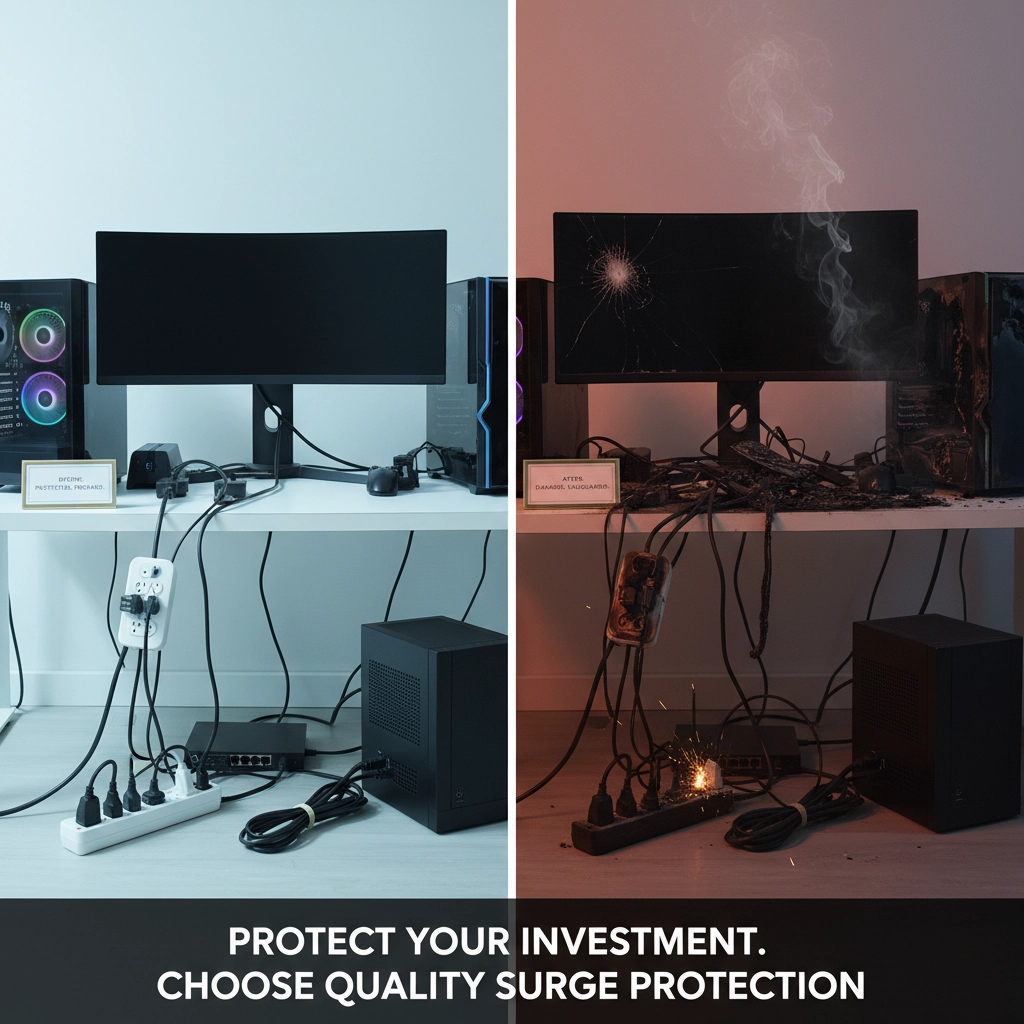
Making the Right Choice for Your Situation
The bottom line? Match your protection investment to your equipment value and replacement cost tolerance. A $300 surge protector makes perfect sense when it's protecting $5,000 worth of computer equipment. It's overkill for a $50 desk fan.
Consider the total cost of downtime too. If losing your equipment means losing business income, invest in commercial-grade protection with proper warranties and support.
Ready to upgrade your surge protection? Contact our team at Ace Real Time Solutions. We'll help you assess your current setup and recommend the right protection levels for your specific needs. Don't wait for the next storm to find out your protection isn't enough – let's get your devices properly protected today.
